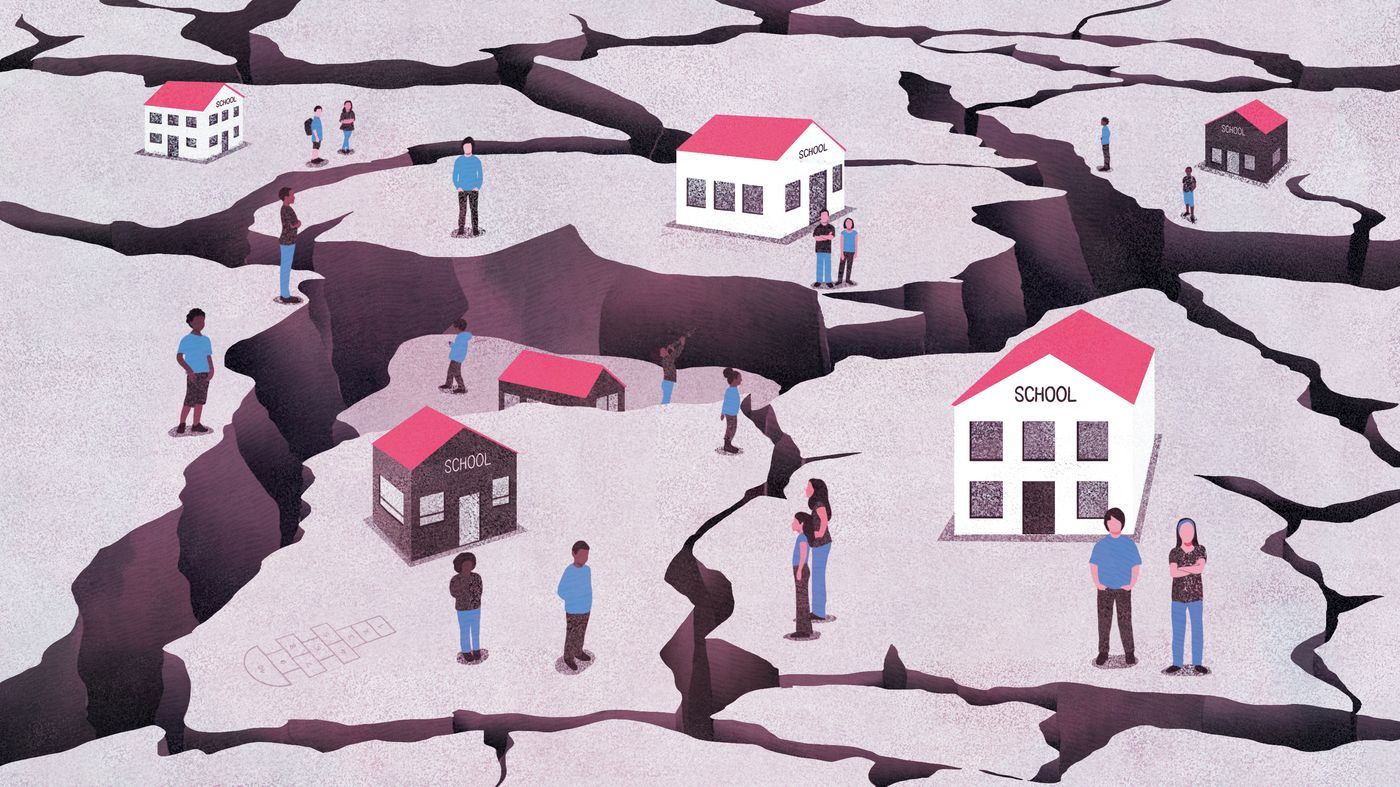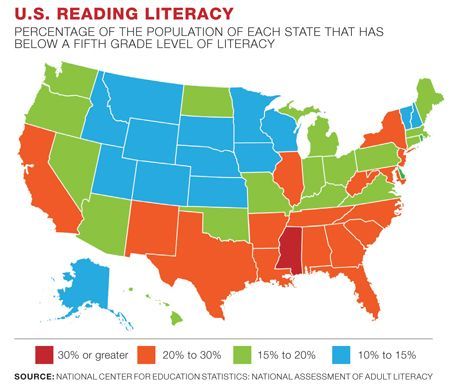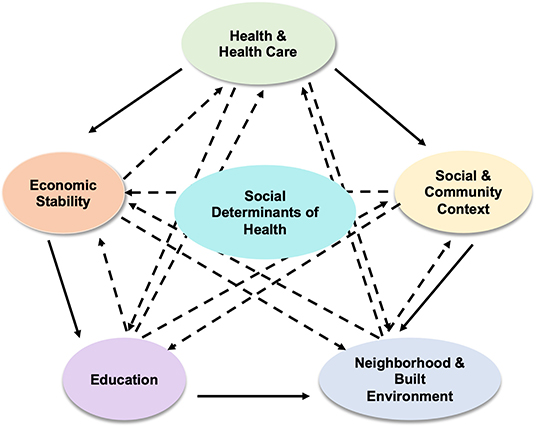Historical Context
- Legacy of Systemic Racism: Educational inequities have roots in the legacy of segregation and systemic racism in the United States. African American communities were historically denied access to quality education, a gap that continues to persist in many urban areas today.
- Economic Disparities: Schools in predominantly Black and minority neighborhoods are often underfunded, which limits access to resources such as quality teachers, textbooks, technology, and extracurricular programs that promote literacy development.
Early Childhood Education Deficiencies
- Limited Access to Early Learning: Many African American children lack access to high-quality preschool programs, which are critical for developing early literacy skills. This disadvantage follows them into elementary school, where reading and writing difficulties become more pronounced.
- Impact of Poverty: Poverty is a major factor affecting literacy rates, with a significant number of African American children in urban areas growing up in low-income households. These households often have limited access to books, literacy materials, and support, which stifles early cognitive development.
School Quality and Funding
- Underfunded Schools: Schools in predominantly African American urban communities are often chronically underfunded. They suffer from overcrowded classrooms, outdated materials, and fewer qualified teachers, all of which contribute to lower literacy rates.
- Teacher Shortages and Inexperience: Urban schools often face high turnover rates among teachers, and students are more likely to be taught by inexperienced or unqualified educators. This creates inconsistency in instruction, particularly in literacy development.
Cultural and Social Barriers
- Cultural Relevance of Curriculum: Many urban schools fail to incorporate culturally relevant teaching methods or reading materials that reflect the experiences of African American children. When students don’t see themselves in the curriculum, they can become disengaged, which negatively impacts their literacy development.
- Home Environment and Support: Many minority families, especially those in low-income urban areas, struggle to provide adequate literacy support at home due to work demands, lower literacy levels among adults, or limited access to educational resources.
Adult Literacy Crisis
- Intergenerational Illiteracy: Low literacy levels among African American adults in urban areas exacerbate the problem. Parents with poor literacy skills are less equipped to support their children’s literacy development, perpetuating a cycle of illiteracy within families.
- Employment Barriers: Many African American adults face difficulties securing employment or advancing in their careers due to limited literacy skills. This, in turn, impacts their economic stability, which contributes to the ongoing crisis in their communities.
Literacy Outcomes and Achievement Gaps
- Achievement Gap: African American students, particularly in urban schools, consistently lag behind their white peers in reading proficiency. According to National Assessment of Educational Progress (NAEP) data, there is a persistent achievement gap in reading levels, with African American students often scoring significantly below grade level.
- Dropout Rates: Poor literacy skills are one of the primary reasons for high dropout rates among African American students. High school students who struggle with reading are more likely to disengage from school and drop out, further perpetuating the cycle of illiteracy.
Community Impact
- Social and Economic Consequences: Illiteracy among African Americans in urban areas has far-reaching social and economic consequences. Communities with low literacy levels are more likely to face higher crime rates, unemployment, and health disparities. This leads to a diminished quality of life and fewer opportunities for upward mobility.
- Lack of Access to Services: Adults with limited literacy skills may struggle to navigate healthcare, legal, and financial systems, which can hinder their ability to improve their circumstances and access services that could support their families.

Efforts to Address the Crisis
- Community-Based Programs: Many organizations, such as literacy centers, afterschool programs, and non-profits, are working to bridge the literacy gap by offering tutoring, reading programs, and mentorship to children and adults in urban areas.
- Policy Changes and Funding Initiatives: There have been efforts to increase federal and state funding for literacy programs and to implement policy changes that focus on improving literacy outcomes in underperforming schools, though the impact of these initiatives has been inconsistent.







